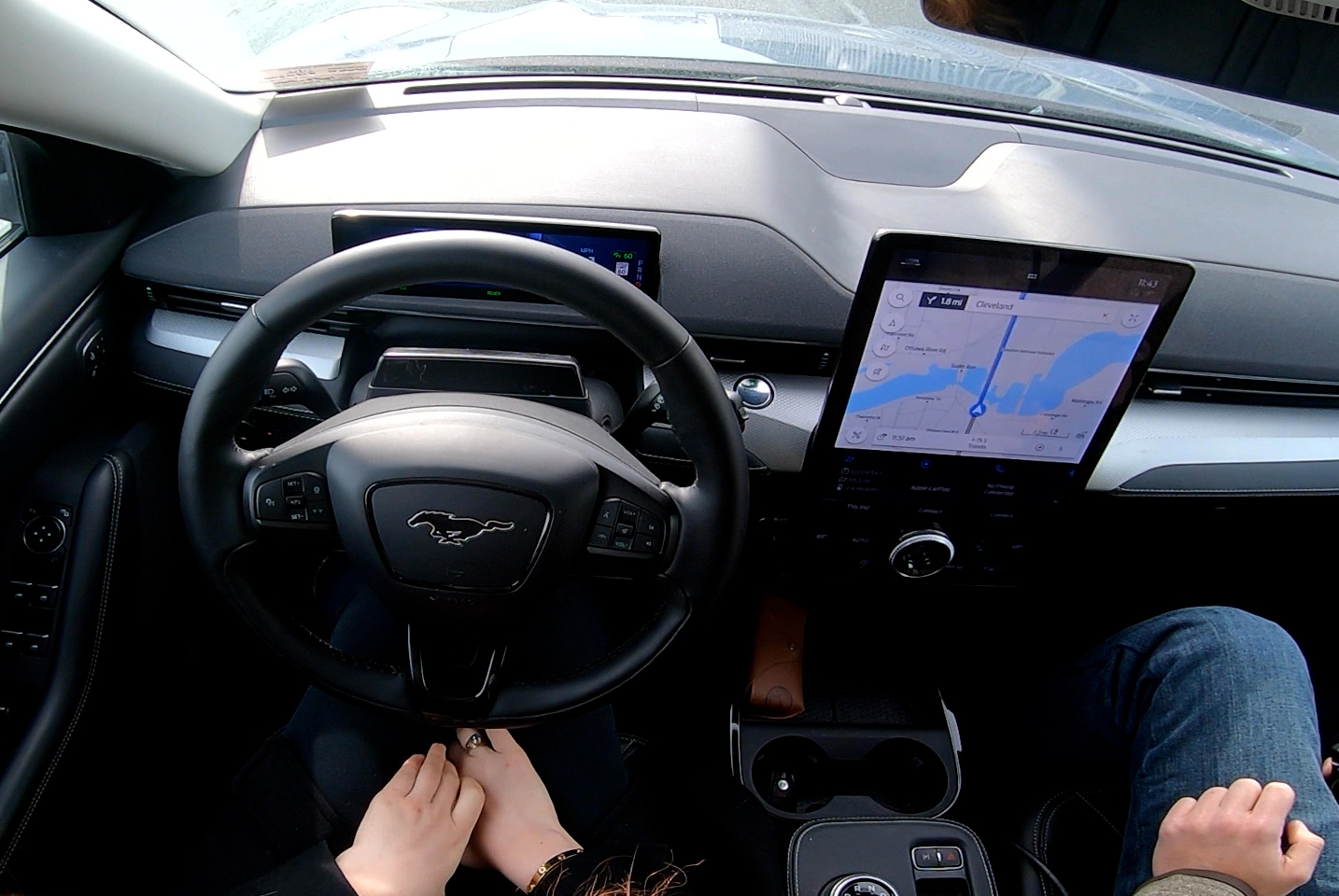The federal regulator responsible for road safety has opened yet another probe into the safety of a hands-free driver assistance system, we learned this morning. And no, it's not a system from Tesla. The National Highway Traffic Safety Administration's Office of Defects Investigation has opened a preliminary investigation into Ford's BlueCruise system, following a pair of fatal crashes, both of which occurred at night.
Ford introduced BlueCruise in 2021. Like the similar General Motors Super Cruise, but unlike Tesla Autopilot, BlueCruise has been designed with a tightly controlled operational design domain (ODD) that only allows it to be engaged on restricted access, divided lane highways that have been lidar-mapped in advance.
Additionally, like Super Cruise but unlike Tesla's far more dangerous system, there is an infrared gaze-tracking driver monitoring camera that will disengage the system if it determines the driver is not paying attention to the road.
So unlike Autopilot, drivers using BlueCruise can take their hands off the wheel, but they are still expected to keep paying attention to the road ahead and be ready to take control at a moment's notice if necessary.



It's definitely not really intuitive, but (from experience*) it's a lot of little things that make the trip more pleasant.
You can hand stuff to the kid in the back seat while you're driving (assuming you're flexible enough to do this while still watching the road and the limiting factor before was keeping your hands on the wheel) instead of needing a full stop.
You can adjust the seat ergonomics so that they're more comfortable without needing as much consideration too being able to hold controls for long periods
You can actually pay more attention to the road and have better situational awareness, because you no longer have to focus (appreciably) on keeping the car between the lines and can give all your focus to other drivers
It reduces the low level mental energy drain from driving, so you feel better when you get to your destination and also remain more alert for the drive
The energy and alertness thing was the biggest thing we noticed - we were shocked at how big of a difference it makes. It's the difference between needing a full recovery day when driving to/from the in laws vs just being a bit tired.
*Speaking as a comma.ai owner that has to take 900ish mile road trips (one way) to the in-laws